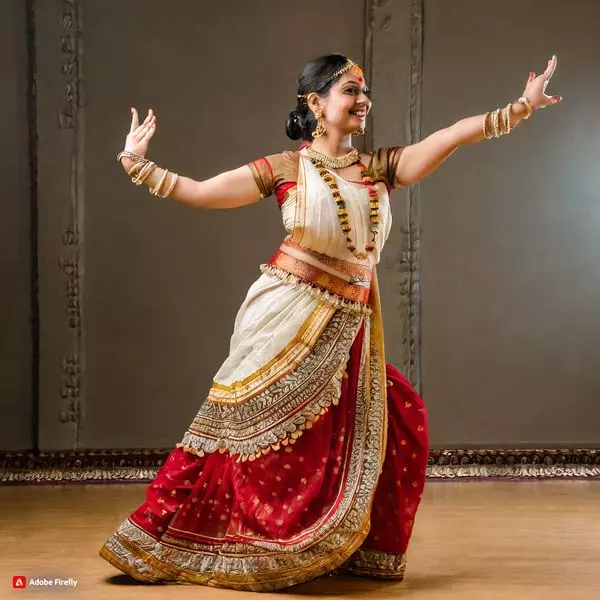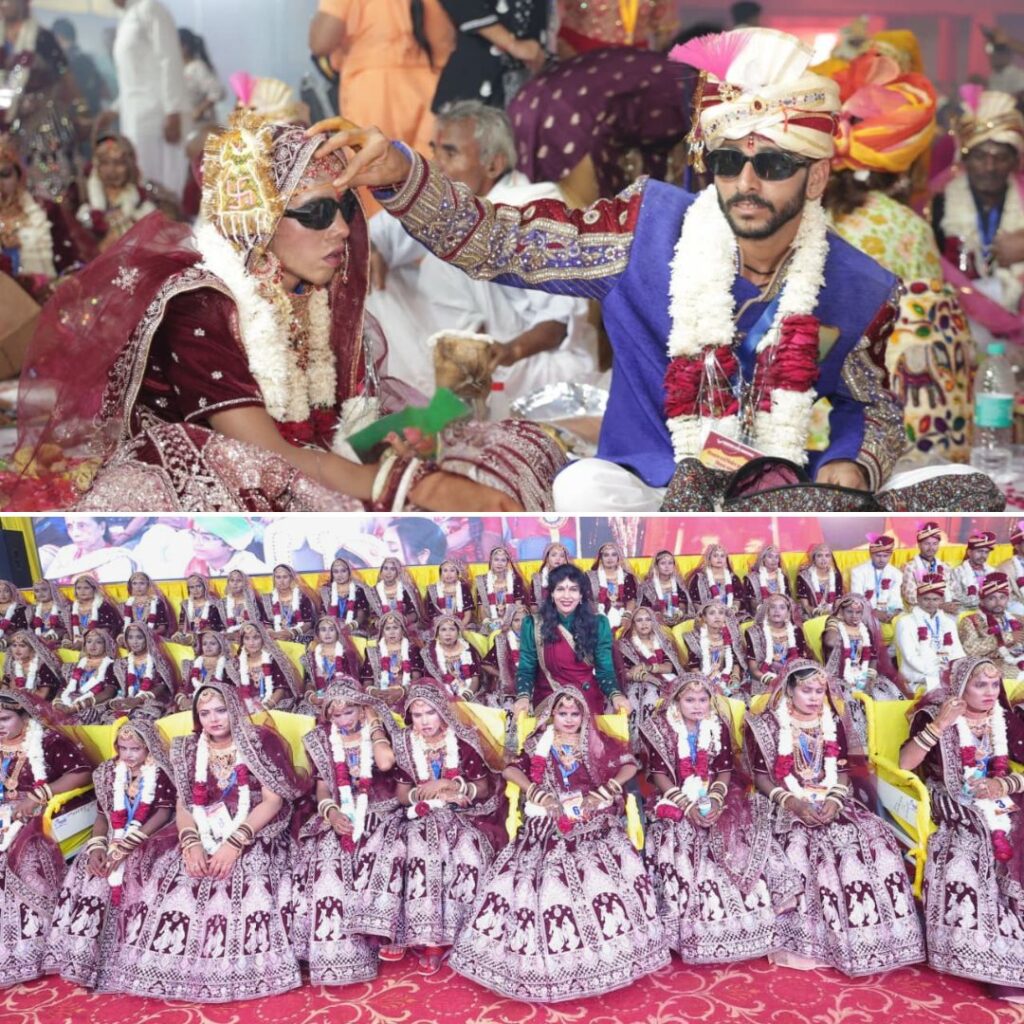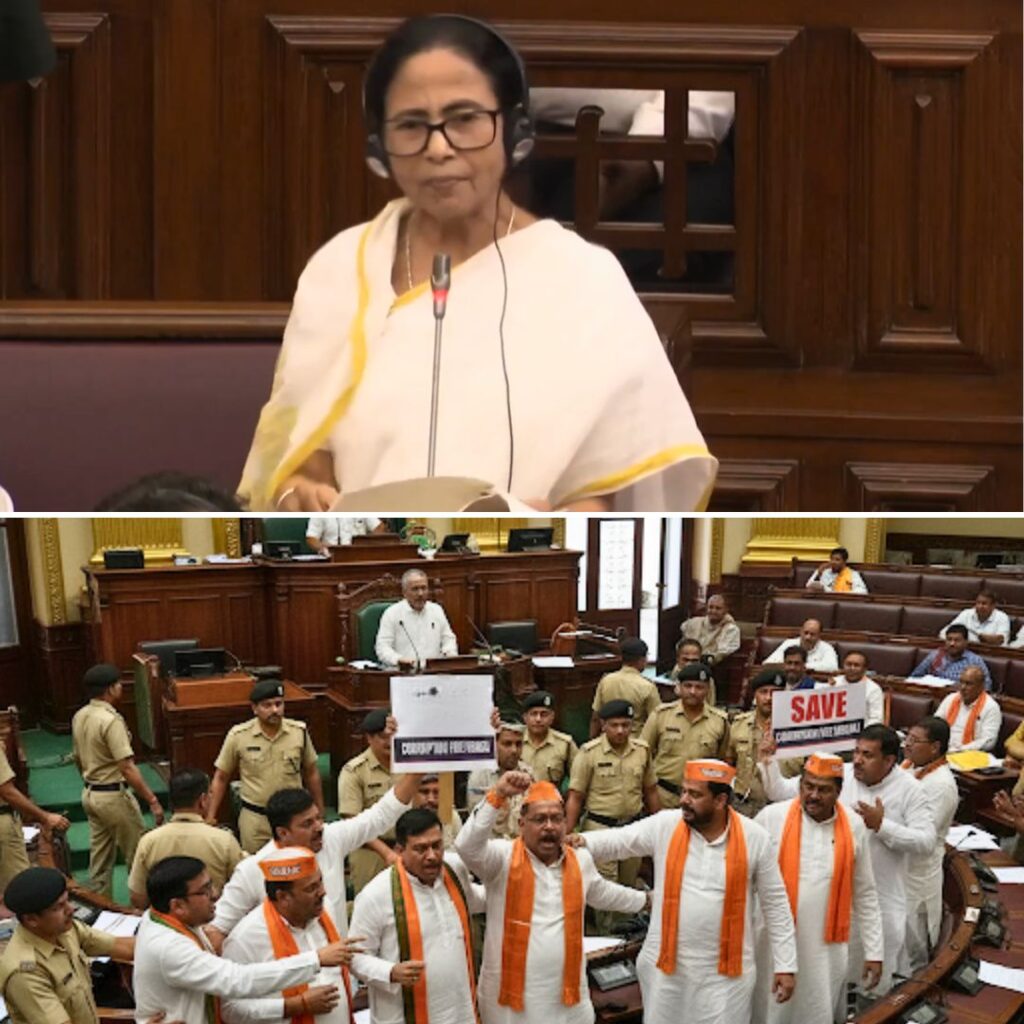Kathak, the classical dance form of North India, holds within its intricate movements and rich cultural history a tapestry of myths and lesser-known truths. In a recent conversation, Prof Ranjana Srivastava, Former Dean Faculty of Performing Arts (FPA), BHU Varanasi, India, and Head of Dance Department, FPA, shared insights into the lesser-explored aspects of this timeless art form.
Setting the stage for a nuanced understanding, Prof Srivastava delved into some prevalent myths and facts surrounding Kathak, shedding light on the origins and evolution of this celebrated dance tradition. Below are some of the key revelations from the discourse:
1. Dispelling the Myth: ‘Katha Kahe so Kathaka Kahave’
Unveiling the intricate interplay of stories and storytelling, Prof Srivastava emphasized the presence of ‘kathas’ or stories within the repertoire of various classical Indian dance forms, including Kathak. Referencing the Nirukta of Yaska Muni, the significance of ‘kathas’ in the Kathak tradition was underscored, dispelling the myth surrounding its exclusive association.
2. Revisiting the Origin Story: Kathaka’s Alleged Temple and Court Birth
Prof Srivastava intricately traced the evolution of Kathak to its ancient roots, elucidating its connections to Dhrupada Nritya and its broader historical lineage. While acknowledging the influence of Nawab Wajid Ali Shah’s court, the narrative also acknowledged the contribution of Hindu Rajas and regional folk forms to its development.
3. Exploring Symbolism: The Myth of ‘Taa’ – ‘Thei’ – ‘Tatta’
Delving into the symbolism embedded within Kathak’s traditions, Prof Srivastava reinterpreted the myth surrounding the sounds ‘taa’ – ‘thei’ – ‘tatta’ produced during Lord Krishna’s dance on the serpent Kalia. Aligning the myth with Lord Vishnu’s ‘Vaman’ avataar, a more nuanced understanding of the symbolic sounds was revealed.
4. Decoding ‘Amada’: The Persian Connotation and the Kathak Connection
Prof Srivastava demystified the term ‘amada,’ often associated with the Persian word for ‘entry,’ revealing its deeper connection with the foundational syllables of Kathak, namely ‘taa’ – ‘thei’ – ‘tatta.’ The term’s significance in defining compositions within the dance form was clarified, offering a fresh perspective on its usage.
5. The Essence of ‘Tattakara’: Beyond Footwork to Spiritual Expression
Etymologically unraveling the term ‘tattakar,’ Prof Srivastava illuminated its deeper significance in the world of Kathak. Beyond its literal connotation, the term embodied the essence of the dance form, bridging the realms of tangible experience and spiritual transcendence.
This insightful conversation opens up new avenues for the exploration and appreciation of Kathak, inviting enthusiasts and practitioners alike to delve deeper into its rich cultural tapestry and timeless legacy.
Also Read: Exploring India’s Healthcare Oasis: A Comprehensive Guide To Medical Tourism










